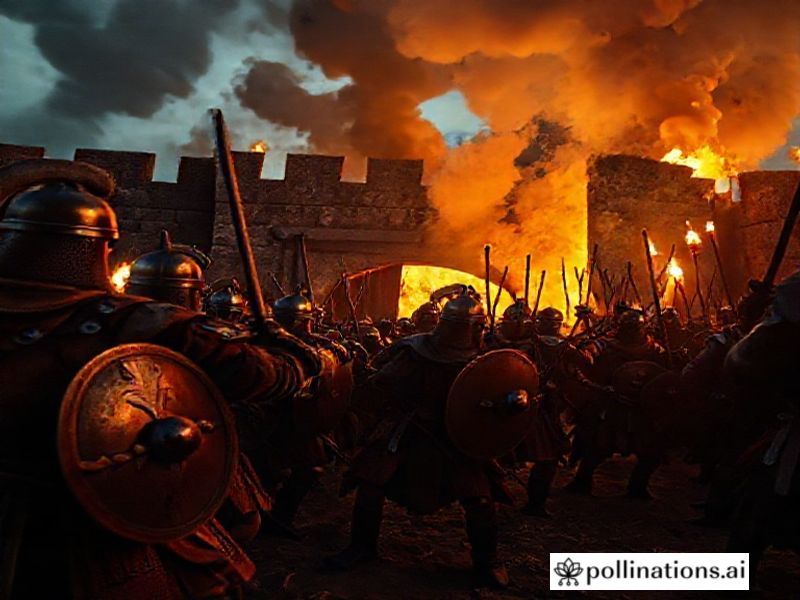Raiders of the Lost Trends: Why the World is Obsessed with Digital Heists
# **Raiders of the Lost Trends: Why the World is Obsessed with Digital Heists**
In a world where memes are currency and data is the new gold, “raiders” have stormed the global stage, capturing the internet’s imagination like a viral heist movie. But what exactly are these digital marauders up to, and why is everyone talking about them? Let’s dive into the cultural phenomenon that’s got the world whispering, “To raid or not to raid?”
## **The Rise of the Digital Raiders**
The term “raiders” has evolved from its literal meaning—think Indiana Jones or Viking pillagers—to a digital age phenomenon. Today, it’s all about online communities banding together to “raid” platforms, accounts, or even entire industries. From Twitch streamers facing sudden influxes of trolls to corporations dealing with coordinated consumer backlash, the digital world is witnessing a new wave of collective action.
The trend gained traction thanks to platforms like Twitch, where “raids” involve streamers sending their entire audience to another channel, often to support a smaller creator or disrupt a rival. But the concept has since expanded into broader cultural and political spheres, where “raiding” has become a metaphor for organized, often mischievous, online activism.
## **Cultural Context: From Trolls to Tactics**
Raiding isn’t new—it’s been a staple of internet culture for years. Remember the “4chan raids” of the mid-2000s? Or the “swatting” incidents where trolls tricked authorities into sending SWAT teams to unsuspecting victims’ homes? These were early forms of digital raiding, albeit with darker intentions.
Today’s raids are more nuanced. They can be playful, like when a Twitch community raids a friend’s stream to boost their viewership, or they can be strategic, like when consumers collectively cancel a brand over a controversial decision. The internet has become a battleground for attention, and raiding is the digital equivalent of guerrilla warfare.
## **Social Impact: The Power of the Collective**
Raiding has become a tool for both good and evil. On the positive side, it’s a way for communities to support each other, amplify marginalized voices, and hold powerful entities accountable. For example, the #BoycottNike movement or the #DeleteUber campaigns are modern-day digital raids, where collective action forces corporations to rethink their policies.
On the flip side, raiding can be destructive. Coordinated harassment campaigns, like those targeting female streamers or activists, show the darker side of this trend. The anonymity of the internet allows raiders to act with impunity, making it a double-edged sword.
## **Why It Matters: The Future of Digital Activism**
The significance of raiding lies in its ability to shape public discourse and influence real-world outcomes. It’s a testament to the power of collective action in the digital age. Whether it’s supporting a small creator, protesting a corporate decision, or trolling a rival, raiding is a reflection of how the internet has democratized influence.
As we move forward, the line between playful raids and harmful harassment will continue to blur. The challenge for platforms and communities alike is to harness the positive aspects of raiding while mitigating its destructive potential. After all, the internet is a wild frontier, and like any good heist, the stakes are high.
## **Conclusion: To Raid or Not to Raid?**
Raiding is here to stay. It’s a cultural force that’s reshaping how we interact, protest, and entertain ourselves online. Whether you’re a streamer, a brand, or just a curious observer, understanding this trend is key to navigating the digital landscape. So, the next time you hear about a raid, ask yourself: Are you part of the crew, or are you the target? Either way, buckle up—it’s going to be a wild ride.







